Do you know the story behind the Queen logo?
Without a doubt, Queen was, is and will be one of the best bands in the history of world rock.
The band formed in London in 1970 is made up of Freddie Mercury (vocals and piano), Brian May (guitar), Roger Taylor (drums) and John Deacon (bass).
Queen marks a before and after in the musical universe of rock.
Their music, their unique style, their magic and thair legacy remain relevant more than half a century after its creation, as if no time had passed.
Much more than just good musicians
The members of Queen had varied professions and higher education before music:
- Freddie Mercury: Musician, singer and songwriter, he also held a degree in Art and Graphic Design.
- Brian May: Musician, composer and singer, he is also a scientist with a PhD in Astrophysics.
- Roger Taylor: Musician, composer, and drummer. He studied Dentistry and Biology before joining the band.
- John Deacon: Musician, composer, and bassist. He was an Electrical Engineer.

“Smile”. Before the legend
Smile was an English rock band that preceded Queen, formed in 1968 by Brian May (guitarist) and Tim Staffell (vocalist and bassist) when they were both university students.
Shortly afterwards, Roger Taylor joined Smile as their drummer.
After Staffell's departure, Freddie Mercury joined the band in 1970 as pianist, vocalist and leader, and shortly afterwards, they changed their name to Queen.

The predecessor to the Queen logo was created in 1968 and features a cheerful and fun image: a smiling mouth with red lips and big white teeth.
It is a cartoonish and lighthearted emblem that quickly became recognizable and popular.

The Queen logo
The Queen logo, which is not actually a logo but an emblem, was designed in 1973 by Freddie Mercury himself, the band's leader.
The young Freddie had studied graphic design at the Ealing Art College in London, a fact that allowed him in 1971 to sketch the coat of arms that he would use on the cover of his debut album, Queen.
Mercury intends to demonstrate on the one hand that Queen is the union of two broken-up bands and, on the other hand, to include allegories that represent each of the members of the quartet.
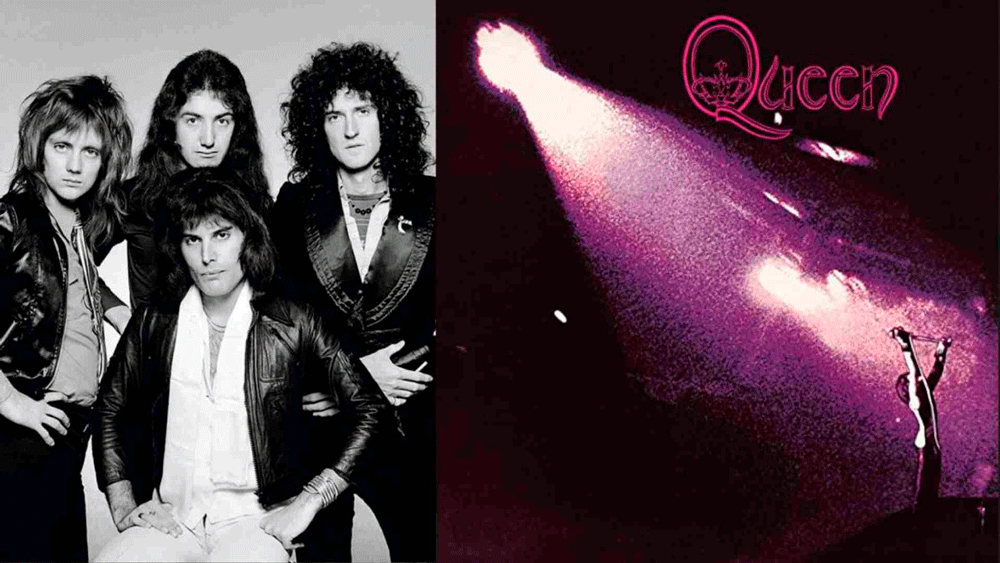
Symbolism and subliminal messages
The emblem displayed in the logo is a highly detailed illustration with subliminal symbols.
It represents the zodiac signs of the four members: two lions for Leo (John Deacon and Roger Taylor), a crab for Cancer (Brian May), and two fairies for Virgo (Freddie Mercury).
The Phoenix is a symbol of life, power, and endless passion.
It symbolizes the rebirth of the band from its previous musical ensembles, considered as ashes of missed opportunities and failures of previous musical experiences.
As a result, the phoenix becomes symbolic of renewal, hope, and immortality.
A large letter "Q" with a crown in the center represents the group's name and royal status.
The rampant lions embrace the letter "Q", which has a crab on top, the fairies hold the letter Q and stand below the lions.
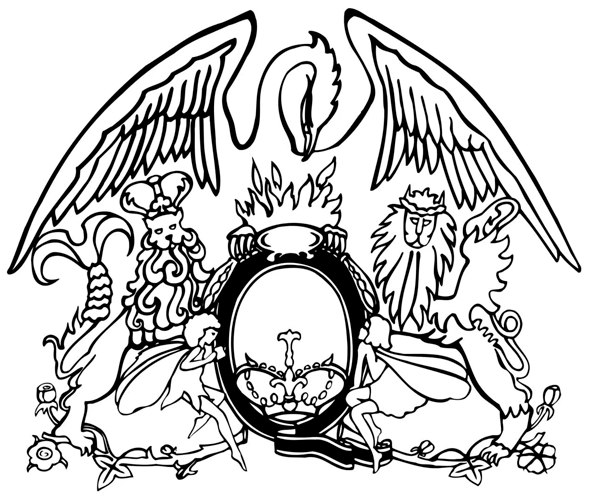
A path to eternity
This logo was used for a short time, from 1973 to 1975, when Freddie Mercury redesigned it with a more exclusive style, making it its definitive version, which still endures.
It now has a much more stylized design and incorporates the band's name “Queen” below the badge, with an imposing, serif, all-caps typeface, giving it an elegant and almost monarchical style.
The band's sense of grandeur grows from this redesign, and the details behind every line and element are incredibly revealing.
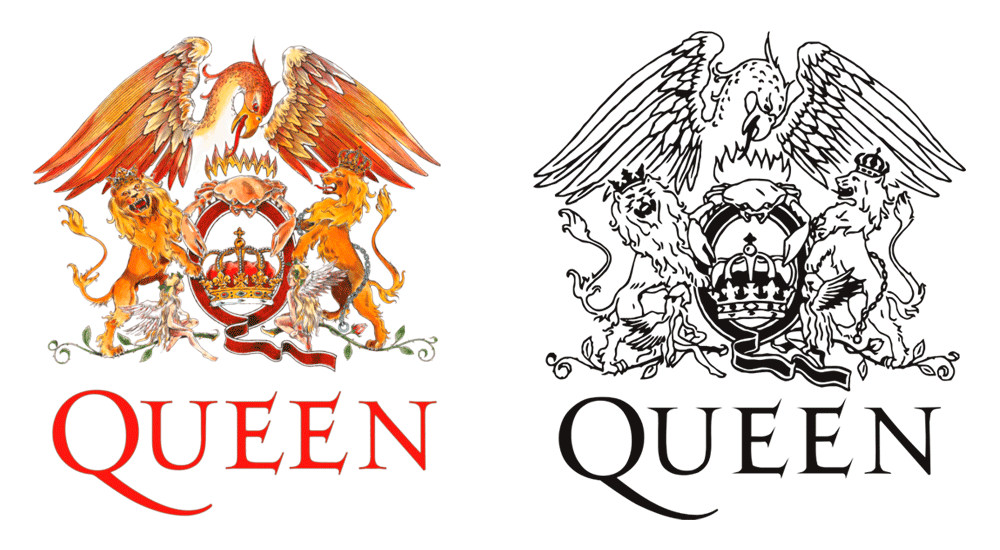
Discography
Although the Queen logo appears on their first albums, it is not until the fourth and fifth albums, “A Night at the Opera” and “A Day at the Races”, that it takes on a real prominence.
Even so, new trends and the musical changes that the band underwent over time meant that the Queen logo was left behind.
It only officially reappeared with the release of "Queen Greatest Hits II", after the death of Freddie Mercury.
In 1997, a new compilation of songs, "Queen Rocks", was released, featuring a wilder and bolder version of the Queen logo.

In 2011, the band, which has left an infinite legacy of songs that will live forever, celebrates its 40th anniversary.
To commemorate this, a new version of Queen's symbolic logo is created, but the "Q" is replaced by '40'.
This commemorative design is by Richard Gray, a graphic designer who had previously worked with the band on album designs such as «The Miracle» (1989) and «Innuendo» (1991).

Queen today
Although the legendary angel Freddie Mercury left this world in 1991, the Queen brand lives on forever.
In the world of rock, few names resonate as strongly as Queen.
With a legacy spanning decades, the band has not only left an indelible mark on music, but has built a brand of inestimable value.
From Freddie Mercury's iconic voice, the original symphonic and choral arrangements, the virtuosity and talent of its members, to the legendary logo that unites fans under one flag, Queen transcends mere music to become a cultural phenomenon.
Legends never die
Album sales, streaming, official merchandise, and the cinematic impact of the film “Bohemian Rhapsody” are just the tip of the iceberg.
Tours that continue to fill stadiums and licenses that make their music appear in everything from movies to commercials add transcendence and eternity to their valuable brand.
It is clear that Queen is not just a band; it is a multi-million dollar brand that continues to conquer hearts and markets around the world.
A true testament to his artistic genius and commercial savvy, the Queen brand continues to shine, proving that, indeed, champions never stop fighting.
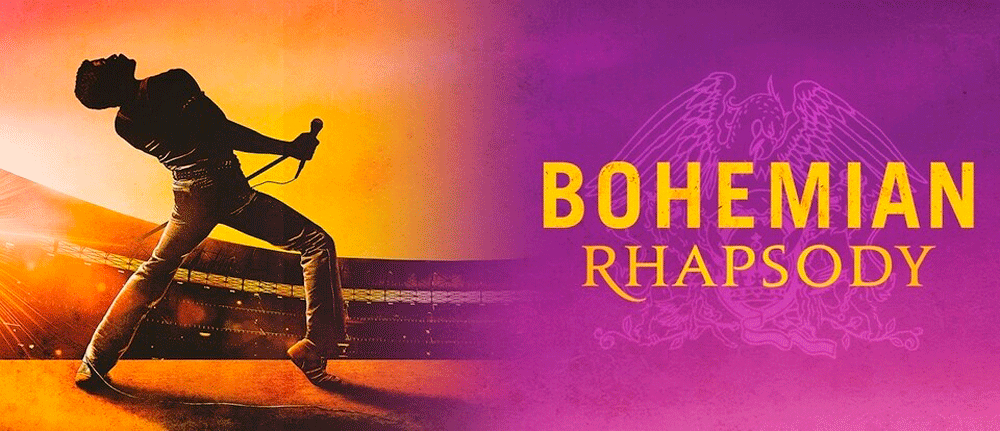
Final conclusion
I hope you enjoyed this post and understood that a good brand always accompanies the trajectory and success of people, artists, and companies.
Queen demonstrates the importance of "being visionary" in taking care of their image.
Always respecting their own identity through the quality of design in all its manifestations, from the logo, the graphics of their album covers and even the staging of their shows.
If you've been wanting to start your own brand and think I'm the perfect person to develop it, don't hesitate to contact me.
In the Related Posts section below, you will find some articles with specific topics that complement the one you just read.
I invite you to read them, share them and leave your comments if you wish.
Thanks.





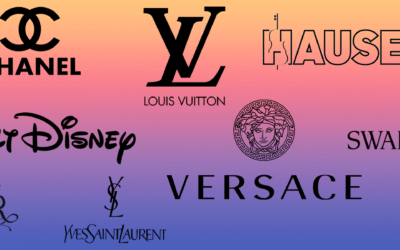

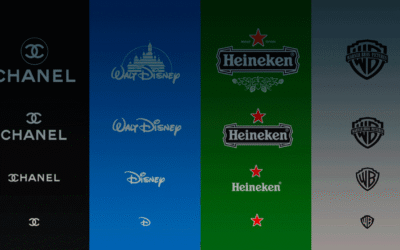


0 Comments